What, exactly, is “deep time?” Deep time, as a concept, dates back two centuries; a revelatory period when scientists and geologists began to posit that the Earth was much, much older than conventional wisdom which had it dated only to about 6,000 years. Deep time is a way to talk about the vast, almost unfathomable epochs and eras of Earth’s development before humans. It’s a an acknowledgement that humans have existed for just a tiny fraction of a fraction of a fraction of our planet’s history. To study and learn about deep time, we have to allow ourselves to think in units of time that go far beyond the average human lifespan. Millions of years. Billions of years.
This is the charge of the new exhibition at the Smithsonian National Museum of Natural History entitled Hall of Fossils - Deep Time. Yes, this marks the return of the dinosaur & fossil hall. The dinosaur fossils are the main attraction. Even with a temporary exhibition open the past few years, the museum hasn’t been the same without the dinos. Well, they’re back!
The exhibition incorporates the most exciting parts of the previous dino hall —fossils, bones, and archaeology— with the latest science about the effects of human industry, technology, and habits on our changing world. . At 31,000 square feet with 700 fossils on display, the exhibition is large, but broken up into several galleries so visitors can experience takes on the major themes in manageable segments . The major themes are: 1) all life is connected, 2) evolution, 3) ecosystems change, 4) earth processes, 5) extinction, and 6) the age of humans and global change.
The Hall of Fossils - Deep Time opens June 8, 2019 and is a permanent exhibition at the National Museum of Natural History.










































